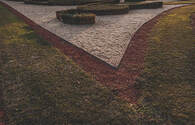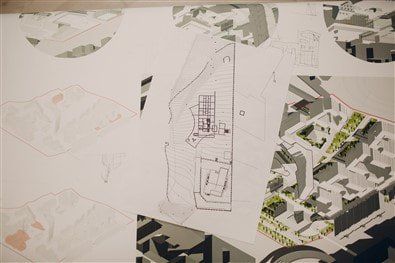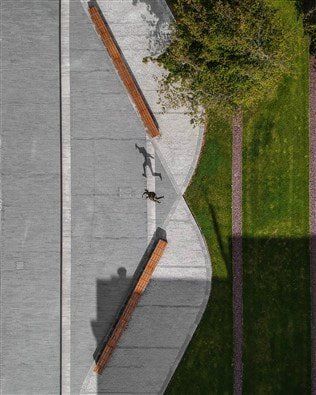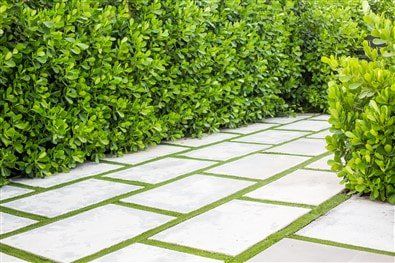A landscape designer will first interview you and examine your yard, asking you about your preferences and requirements for the area. After reviewing your goals, a designer will draw up a plan view drawing and a list of plants that will be used in the space. They may also recommend a landscape contractor or a professional who can undertake the actual physical work.
What is landscape architecture?Landscape architecture is the art of planning and designing outdoor environments. It is an interdisciplinary profession that combines the principles of engineering and architecture. Its main focus is to make the most of natural and built environments. Its work ranges from designing communities to parkways and waterfront developments. It also focuses on the restoration of natural places that have been disturbed by human activity.
Landscape architecture can affect all aspects of building design. A building should not intrude on its environment, but rather should become a vital extension of it. It must be positioned and approached in space to make it work harmoniously. Landscape architecture plays a critical role in the entire building design process, from planning to construction.
Landscape architecture has a long history that can be traced back to the beginnings of man. It developed into a specialized profession in the mid-19th century as society sought to address the new challenges posed by industrialization and urban growth. It became evident that cities needed to be more functional than ever, but they also needed to be more welcoming and aesthetic. Frederick Law Olmsted, a prominent landscape architect, was an early proponent of formalized consideration of man's interaction with nature and space. His work helped define landscape architecture in North America.
Since the beginning of agriculture, humans have been designing landscapes. Many of the world's greatest landscapes are still standing as monuments today. For instance, the Villa d'Este in Tivoli, Italy, is regarded as the first water garden. It has 51 fountains and 875 metres of canals that are entirely operated by natural gravity.
Closer to home, the climate on Vancouver Island is quite fertile and supports a wide range of plants, trees, and flowers. However, as climate change has made water restrictions more common, many people are opting for more hardscape features in their landscapes. As a result, the design of landscaping will depend on practical concerns, ease of maintenance, and personality.


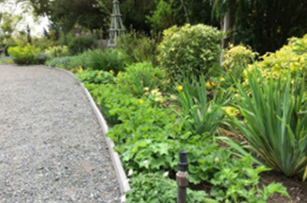
The Basics of Landscape Design
When working with landscape design, it's important to understand the principles and elements of composition. These can help you understand how to create a cohesive design. Composition is the process of placing different elements together and creating a flow of energy throughout the space. There are several principles to consider, including unity, interconnection, and dominance. The principles of composition help create a space that people will enjoy and be inspired by.
Using these principles, you can move from general landscaping ideas to specifics. By considering all of the seven characteristics of good design, you will create a landscape that is unified and pleasing to the eye. Using the principles of design will also improve the flow and functionality of a space. Fortunately, these principles are easy to understand and apply to a variety of settings and projects.
The basic elements of good landscape design are unity and harmony. A unified design creates a sense of wholeness, whether through a common theme or style. Lines are an important element of design, because they can control movement and highlight certain features of a space. They can be straight, curved, horizontal, or diagonal. Straight lines tend to create a more formal design while curved lines are more informal.
Another important element of landscape design is the planning process. A well-planned landscape design will save time and effort, and will ensure from the get-go that both designer and client work harmoniously and are on the same page before breaking ground.
The 7 Elements and the 3 Core Principles of Landscape Design
One of the basic principles of landscape design is balance. A balance landscape features elements that are similar in mass, size, and form. For example, one side may have one large component, while the other side might feature two or three smaller ones of comparable mass and form. In landscape design, these principles help ensure that the entire landscape looks harmonious.
Another major principle is space. The space of a landscape should complement the design of the house. For example, a house with a curved front should contrast with a garden that has a rounded back. Similarly, an angular, rectilinear form should complement the style of the house.
Composition involves the use of color, line, and texture. These elements are the primary building blocks of a landscape design. When used together, they create a three-dimensional effect. These principles also guide the selection of plants and the placement of hardscape elements. These principles are essential to creating an effective landscape design.
Lastly, the scale of a space is critical. Landscape design uses relative and absolute scale to create a calming atmosphere and to induce action. In smaller spaces, small-scale elements can be used to create a tranquil atmosphere, while large, high-scale elements can overwhelm the space.
These principles apply to any type of landscape design. Whether you are designing a garden, courtyard, or other outdoor space, incorporating these principles will make your project cohesive and beautiful. There are no specific rules to implementing these principles, but understanding them will help you achieve a landscape that is aesthetically appealing.
Landscape design is also concerned with creating balance between the various elements of a space, including plants, buildings, and the space they occupy. The ratio of these elements can be used to set the ambiance of an entire space. For example, rectilinear forms evoke a more formal atmosphere than irregular forms, while round forms are softer and invite a sense of playfulness. Another important aspect of landscape design is mass. Different landscape elements need different square footage, which can be achieved by creating a scale-based design.
One of the most important aspects of landscape design is understanding the basic concept of three-dimensional space. Each plane is described in more detail below, as are the transitions between them. In addition to using the planes of space correctly, you should consider garden rooms and focal points, which are ways to organize different landscape spaces and create different environments.
Another important element of landscape design and architecture is balance. Balance can be symmetrical or asymmetrical, and is defined by how the mass of one element balances another. Symmetrical balance, for example, is achieved by placing similar plant beds on either side of a focal point. In an asymmetrical landscape design, different types of plants fill a particular space, but their combined mass is similar.
A good landscape design should have a cohesive feeling. This can be achieved by using patterns and repetition. The repetition of plants and objects will create a more orderly look. The repetition of shapes and colors will also help achieve the desired focus.
